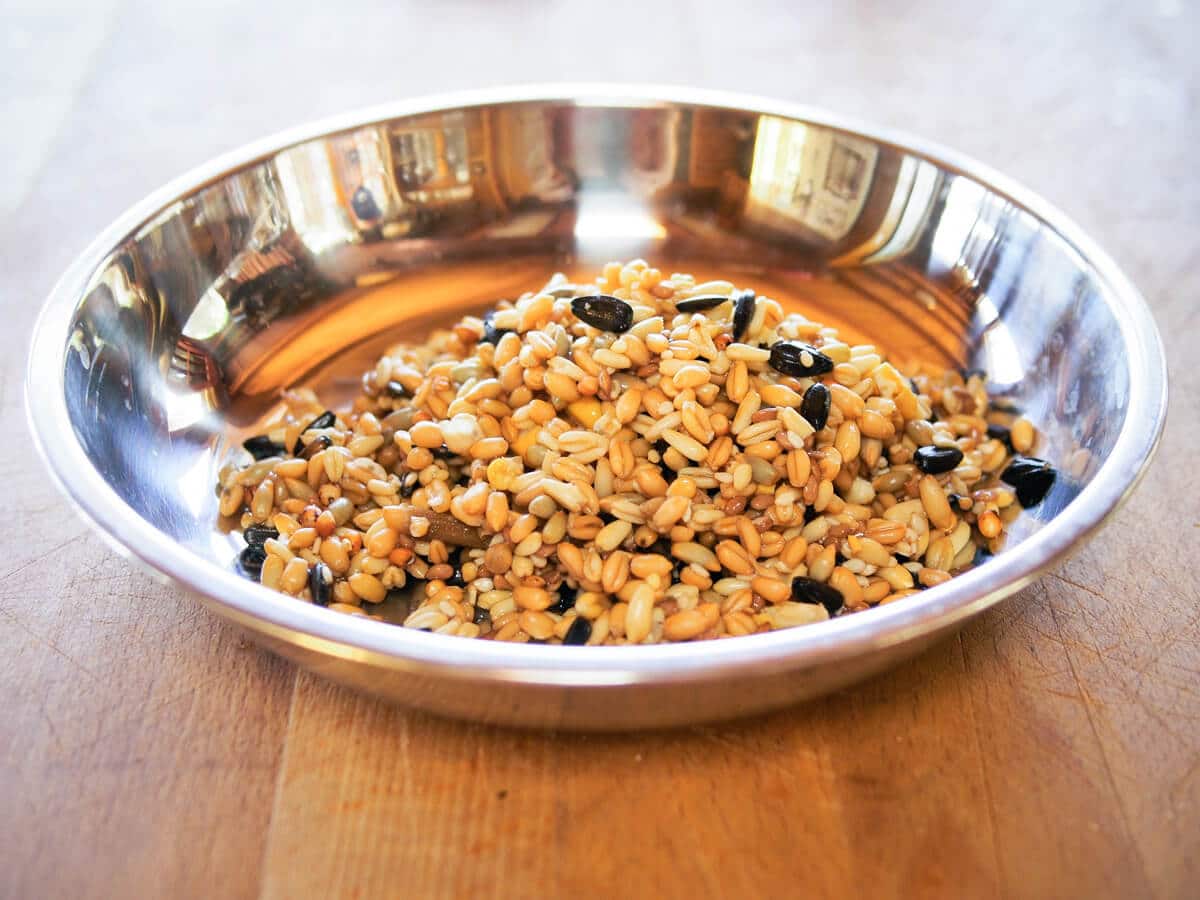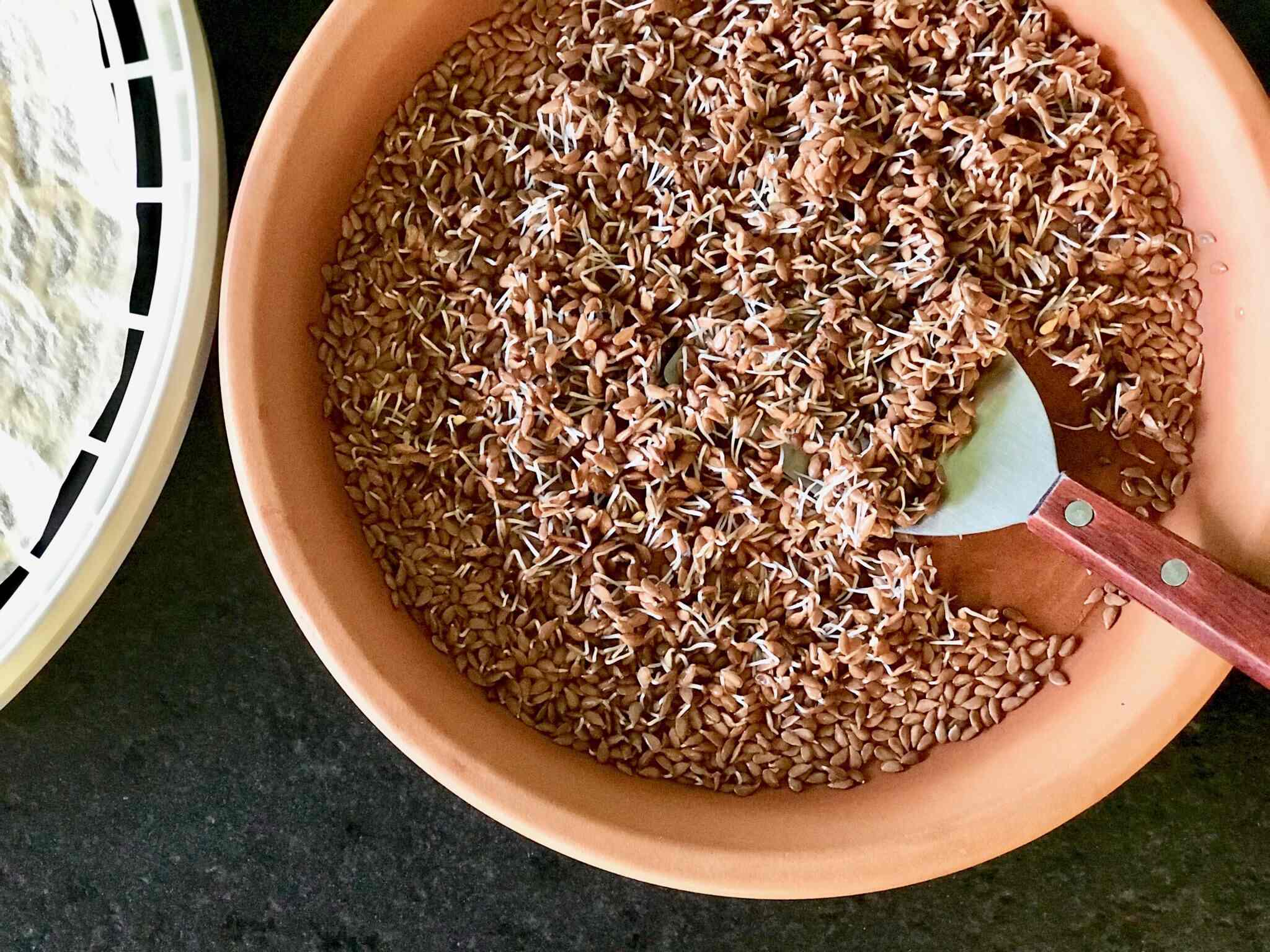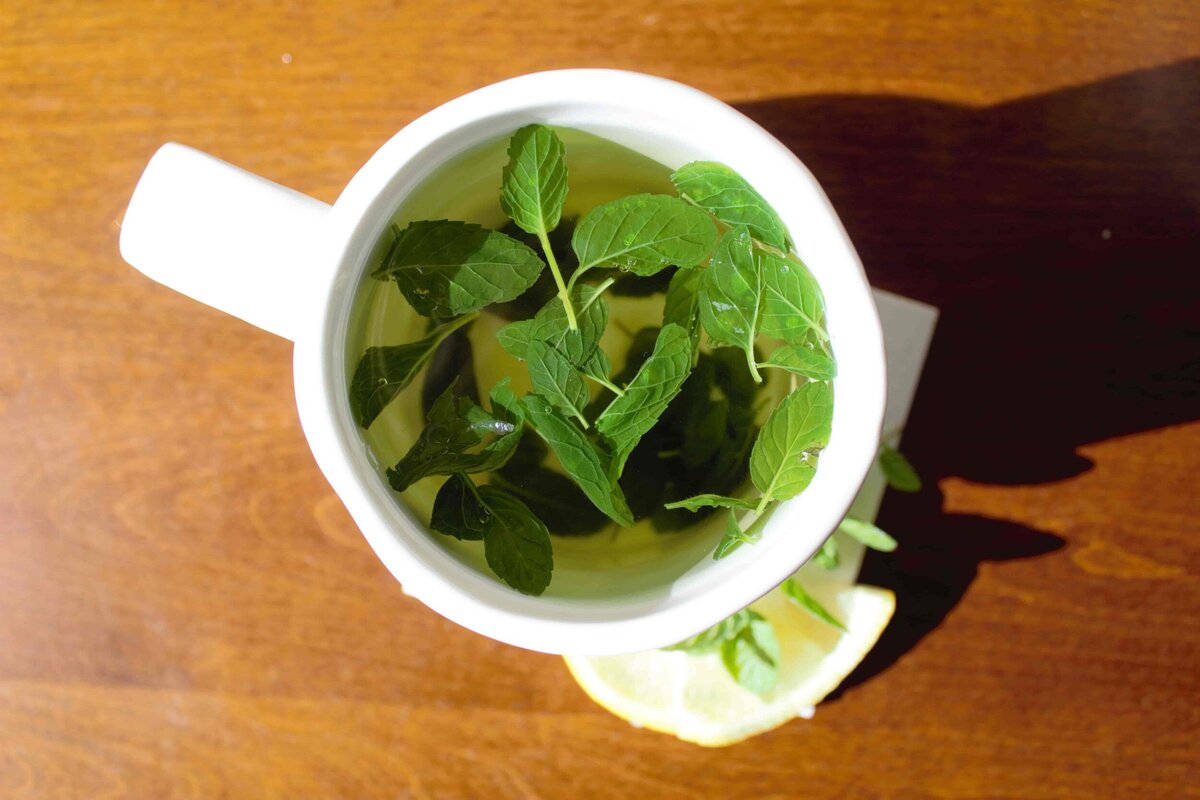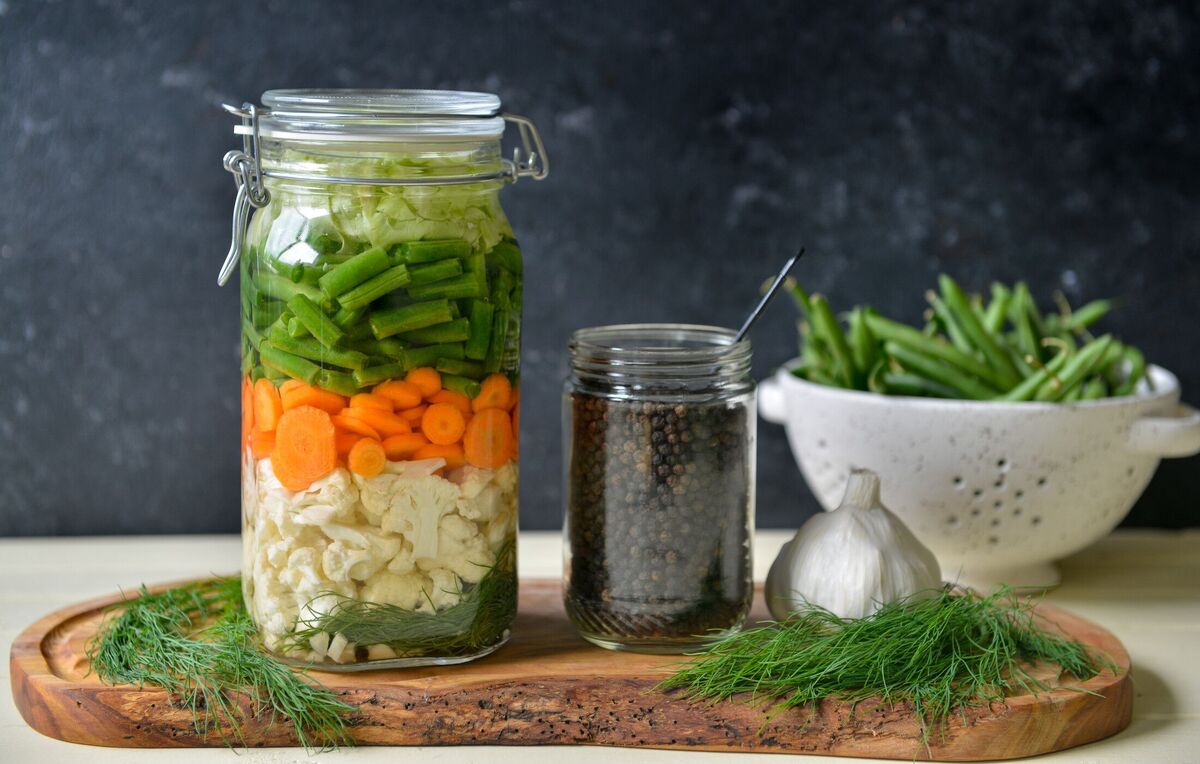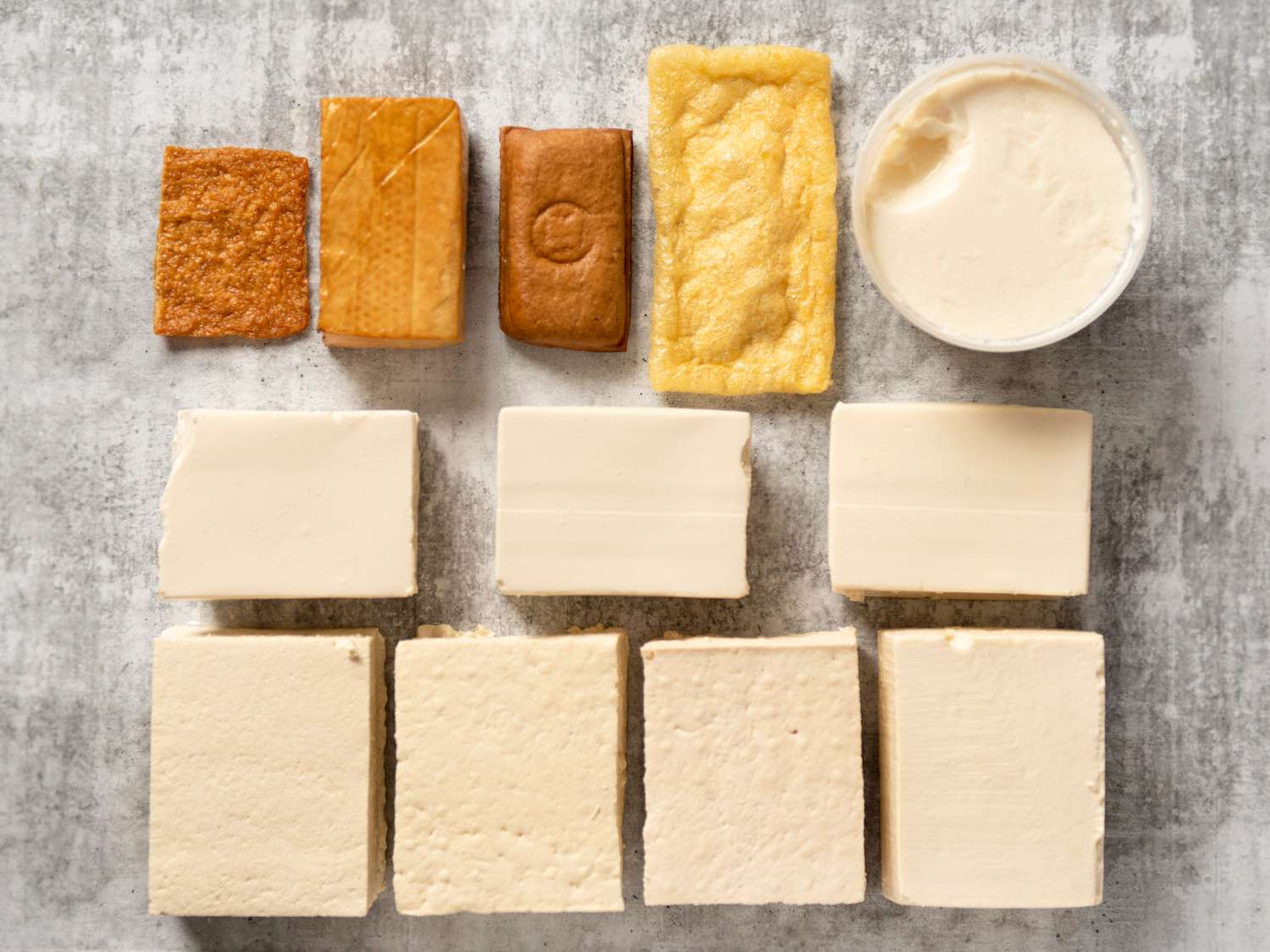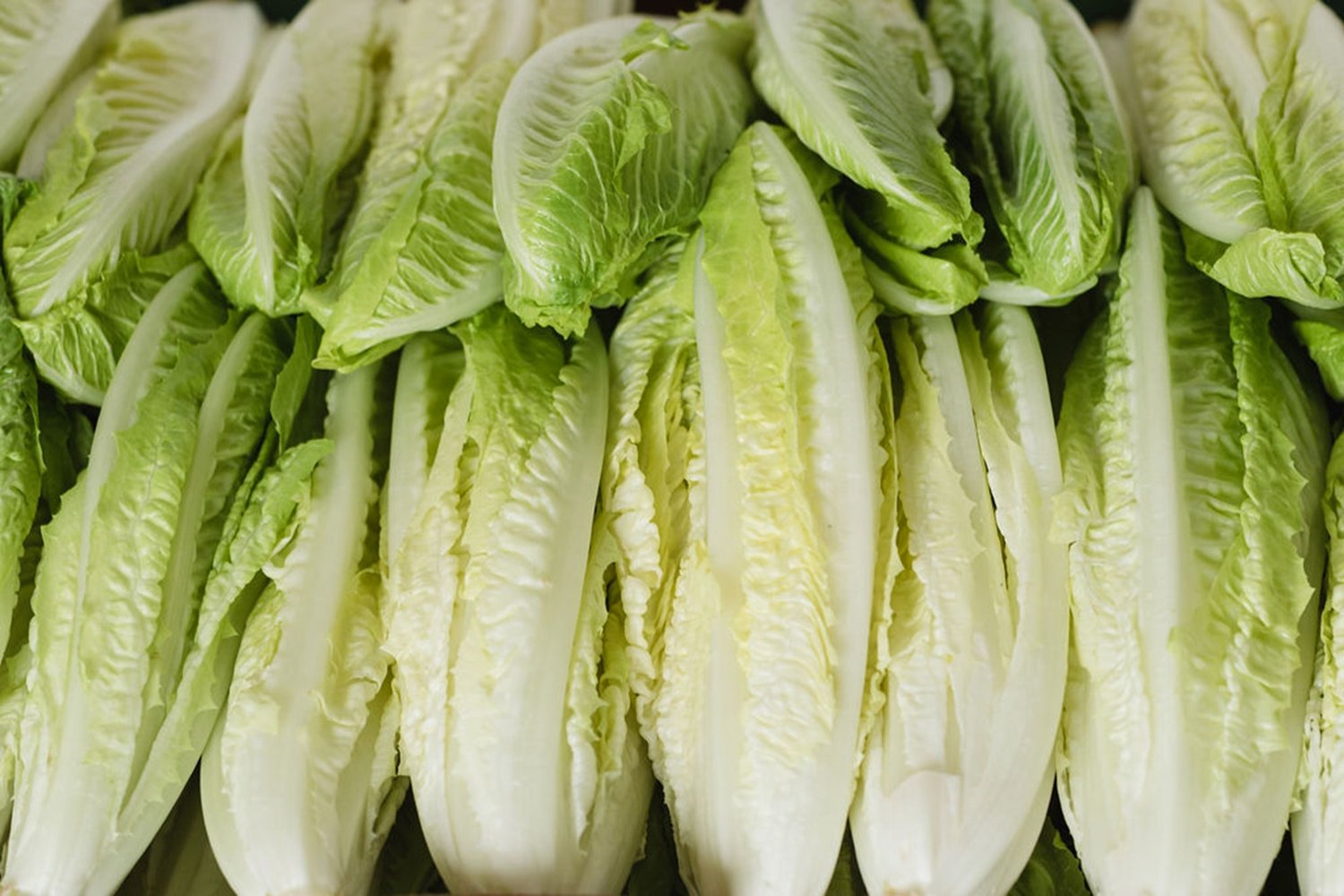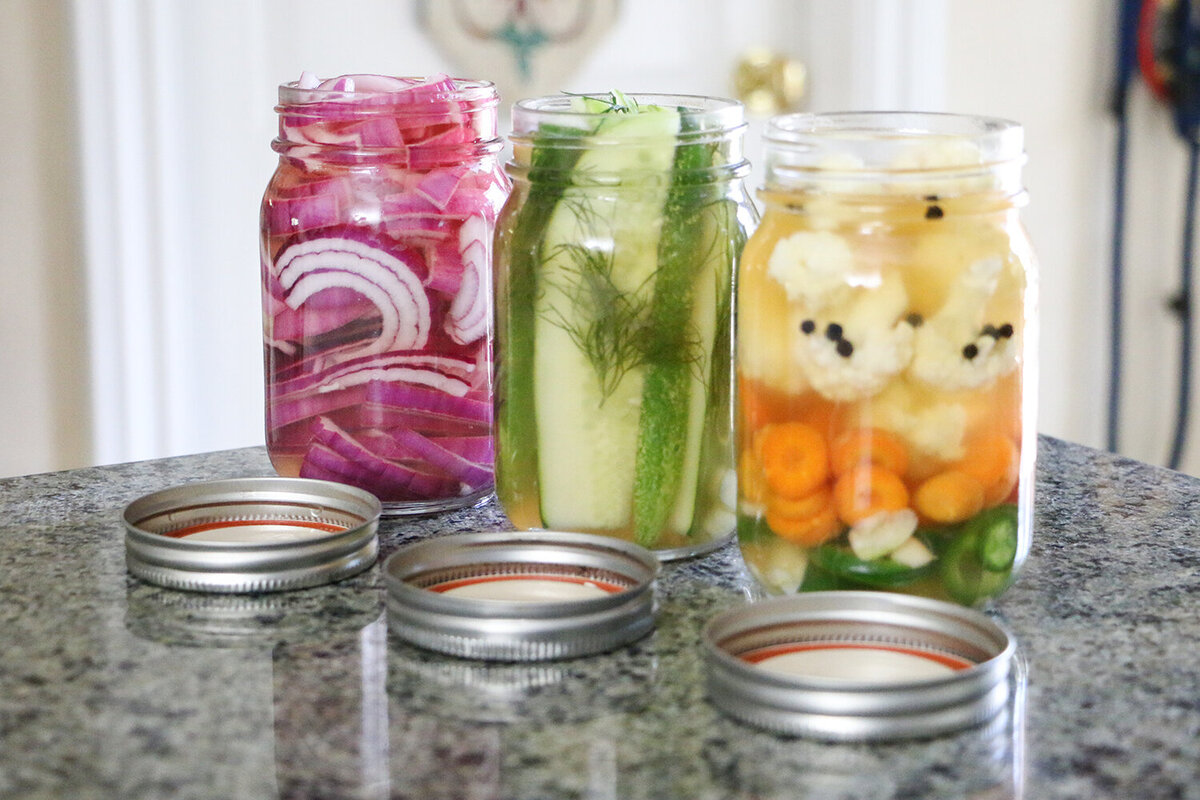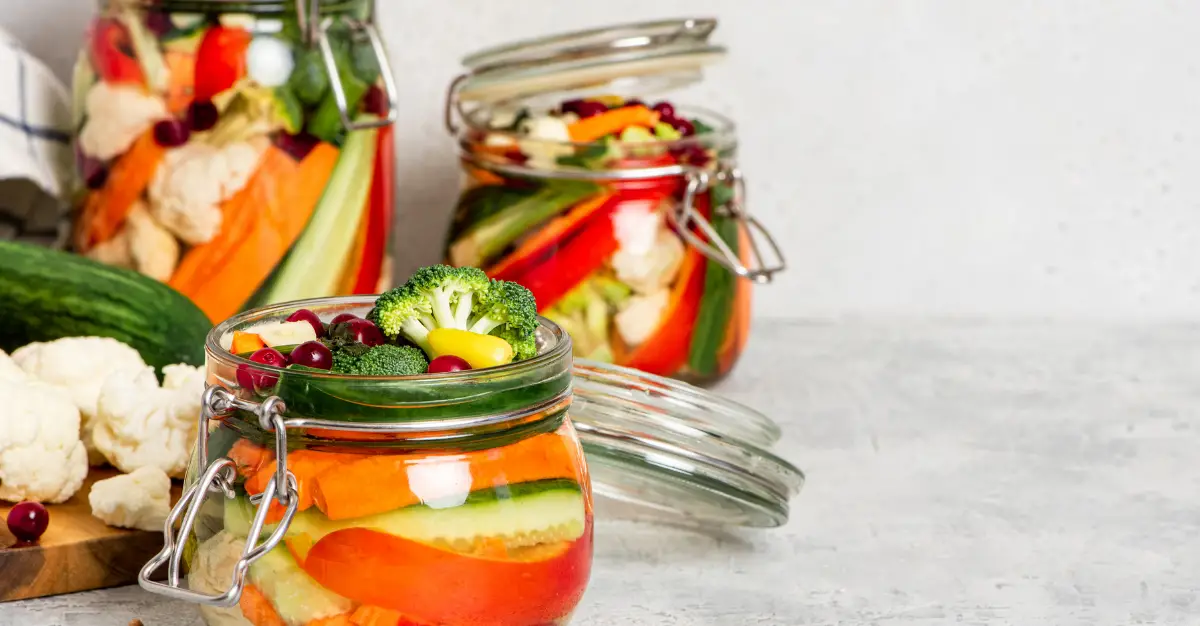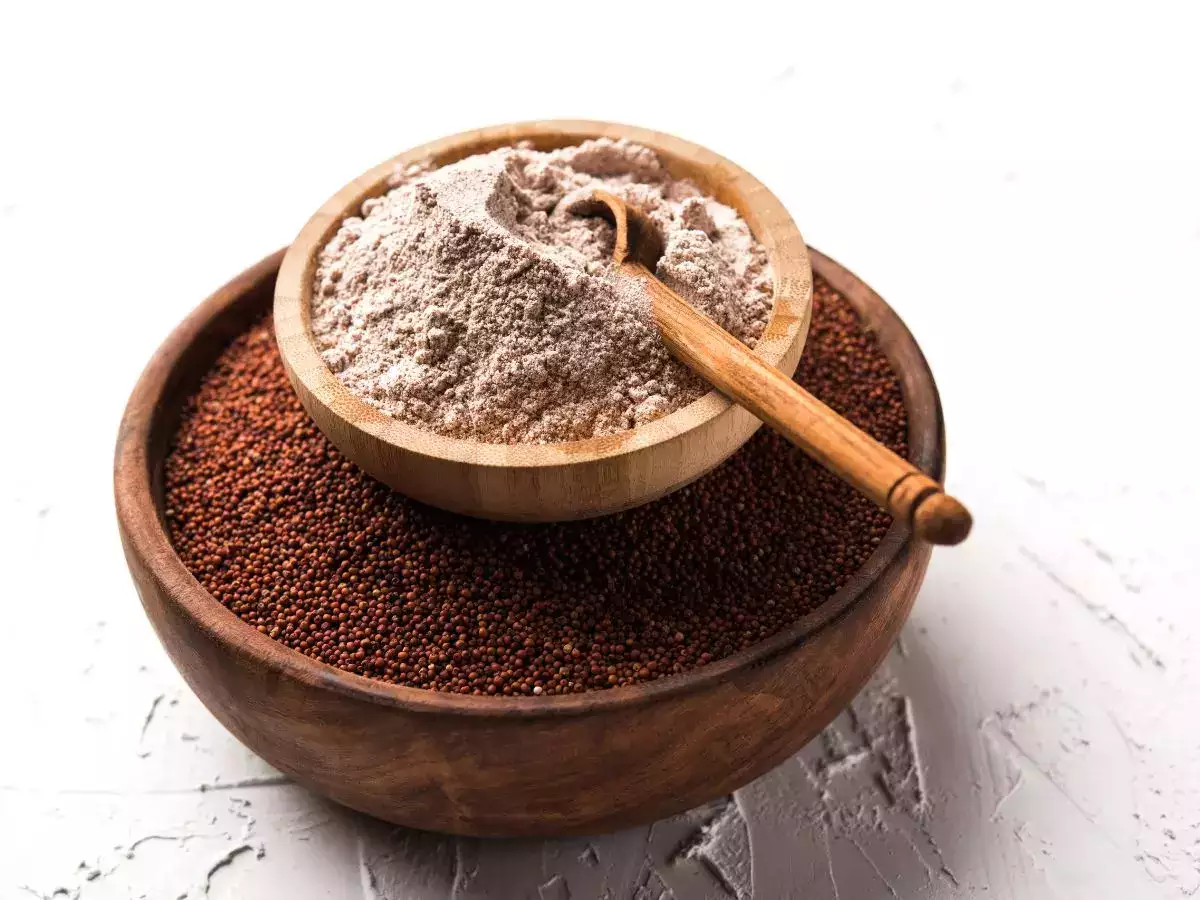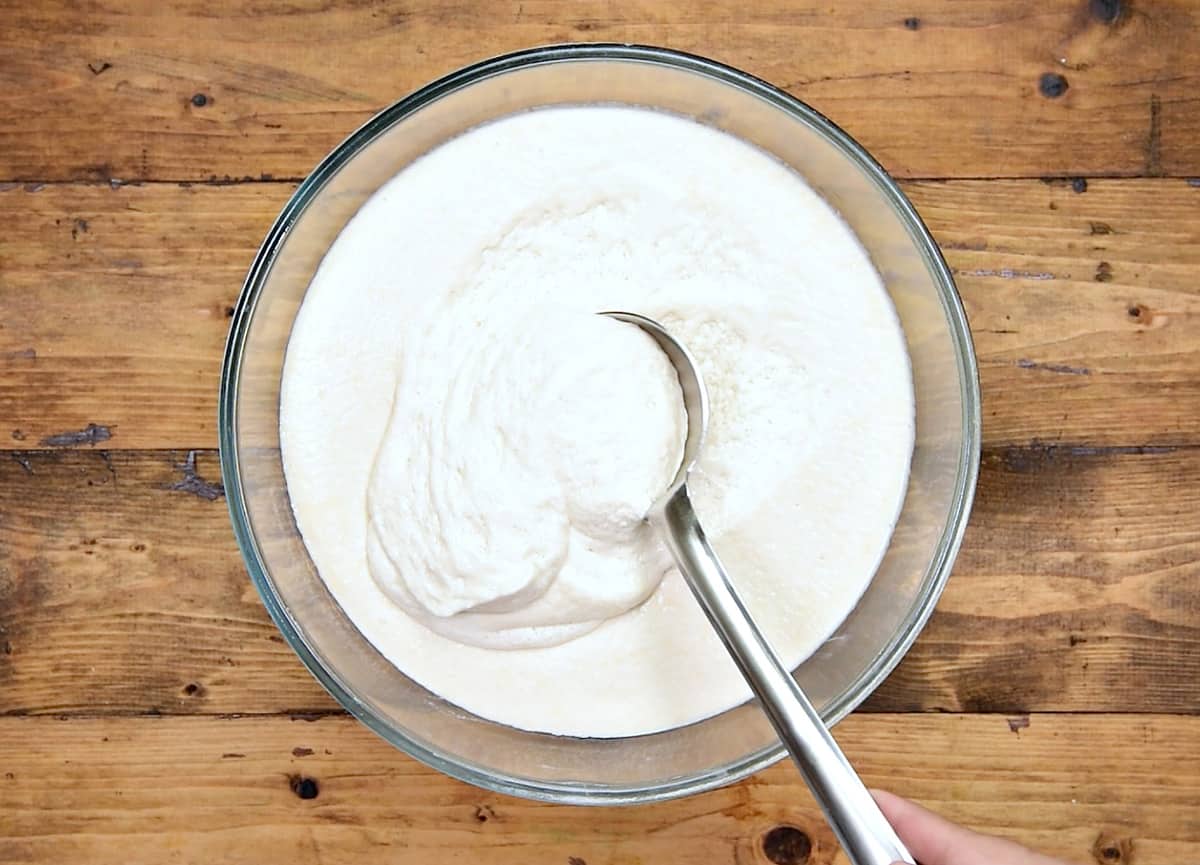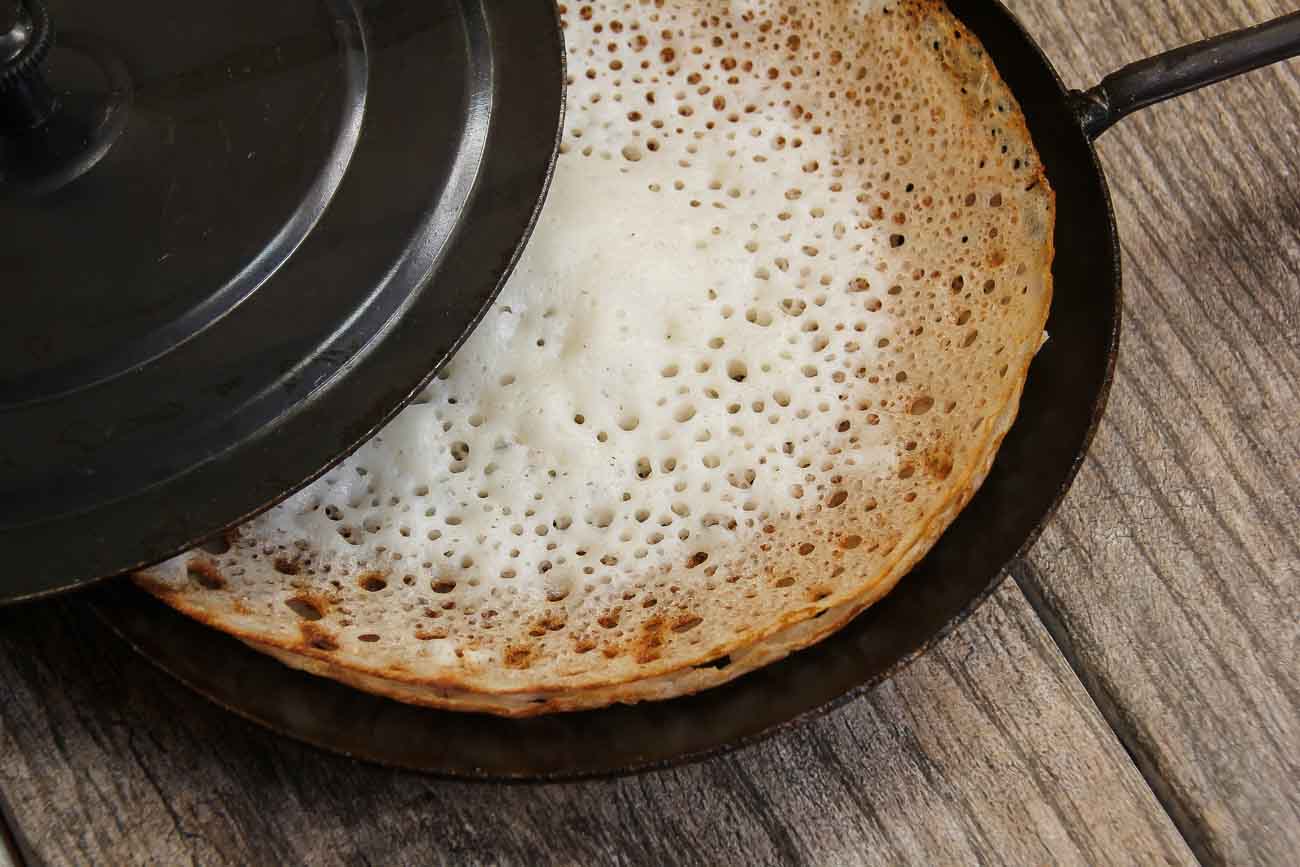Discover the Art of Fermenting Mustard Without Vinegar
Mustard is a versatile and flavorful condiment that can be used in a variety of dishes. While many people are familiar with the tangy taste of store-bought mustard, did you know that you can ferment mustard at home without using vinegar? Fermenting mustard not only enhances its flavor but also adds beneficial probiotics to your diet. In this article, we will explore the process of fermenting mustard without vinegar and how you can easily do it in your own kitchen.
Why Ferment Mustard Without Vinegar?
Traditional mustard recipes often call for the use of vinegar to add acidity and preserve the condiment. However, fermenting mustard without vinegar offers a unique and complex flavor profile that cannot be achieved through the use of vinegar alone. Additionally, fermenting mustard allows the natural enzymes and beneficial bacteria present in the mustard seeds to flourish, resulting in a probiotic-rich condiment that is not only delicious but also good for your gut health.
Ingredients You Will Need
Before you begin the fermentation process, gather the following ingredients:
- Whole mustard seeds
- Filtered water
- Sea salt
- Optional flavorings such as garlic, honey, or herbs
The Fermentation Process
Now that you have your ingredients ready, it’s time to start fermenting your mustard without vinegar. Follow these simple steps:
- Start by soaking the mustard seeds in water for a few hours or overnight. This will help soften the seeds and make them easier to blend.
- After soaking, drain the water from the seeds and transfer them to a blender or food processor.
- Add a small amount of filtered water, sea salt, and any optional flavorings to the blender.
- Blend the mixture until it reaches your desired consistency. You can add more water if needed to achieve the right texture.
- Transfer the blended mustard mixture to a clean, sterilized jar, leaving some space at the top for expansion.
- Seal the jar and let it sit at room temperature, away from direct sunlight, for 1-2 days to allow the fermentation process to take place.
- Check the mustard daily and taste it to monitor the fermentation progress. Once it reaches the desired level of tanginess, transfer it to the refrigerator to slow down the fermentation process.
Enjoying Your Homemade Fermented Mustard
Once your mustard has finished fermenting, it’s time to enjoy the fruits of your labor. Use your homemade fermented mustard as a condiment for sandwiches, dressings, marinades, or as a flavorful addition to your favorite recipes. The unique tangy flavor and probiotic benefits of your homemade mustard will surely elevate any dish it accompanies.
Experiment with Flavors
One of the joys of fermenting mustard at home is the ability to experiment with different flavors and ingredients. You can customize your fermented mustard by adding garlic, honey, herbs, or spices to create a condiment that suits your taste preferences. Feel free to get creative and explore various flavor combinations to find your perfect homemade mustard recipe.
Final Thoughts
Fermenting mustard without vinegar is a simple and rewarding process that allows you to create a flavorful and probiotic-rich condiment at home. By following the steps outlined in this article, you can embark on your fermentation journey and enjoy the unique taste and health benefits of homemade fermented mustard. So, roll up your sleeves, gather your ingredients, and start fermenting your own mustard without vinegar today!
Was this page helpful?
Read Next: How To Ferment Seeds From Pumpkin
